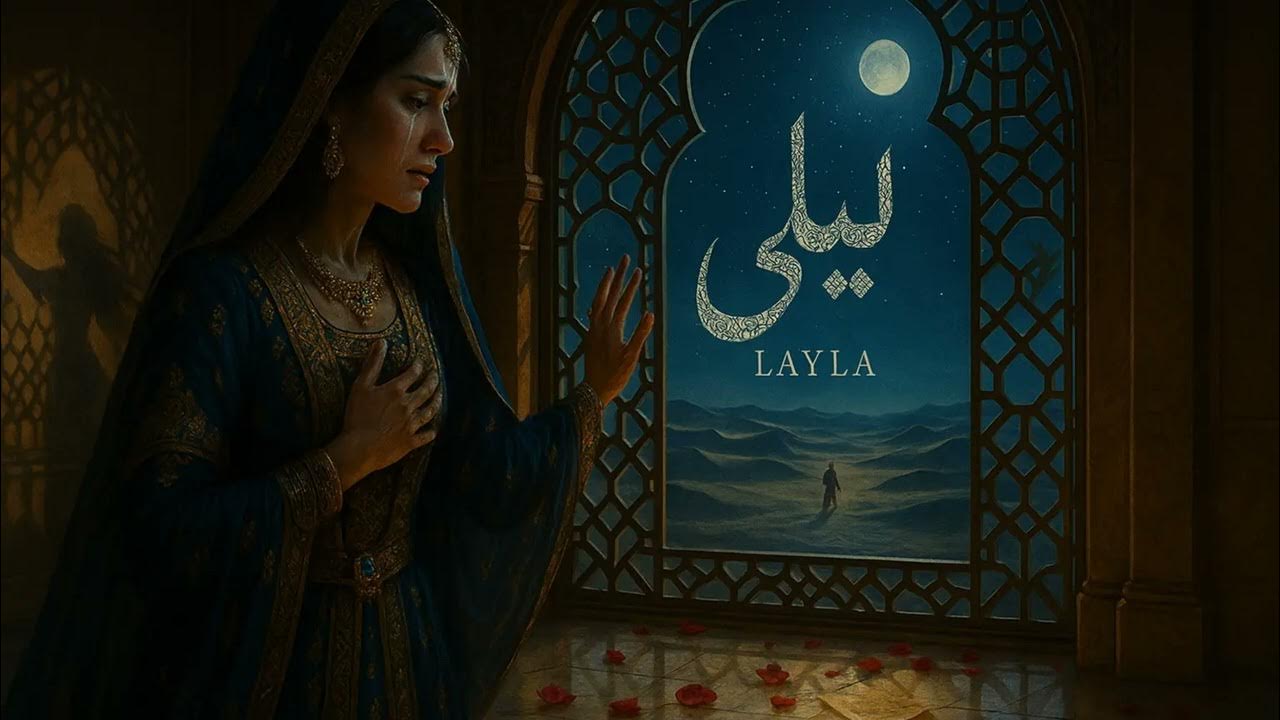
when Horror Yearbook – Layla and the Desert Djinn is one of the most chilling tales whispered across campfires in the Arabian desert. It is the kind of story that lingers in the air long after the last word is spoken. Passed down by nomadic tribes and desert dwellers, this legend tells of a young girl who disappeared without a trace.
Layla was known as a playful, curious child who loved to wander near the edge of her village. One night, she told her family that she had made new friends—creatures with glowing eyes and soft voices who came only after sunset. No one believed her. They thought it was just a child’s imagination. But then, she vanished. Search parties were sent, prayers were spoken, and for days, lanterns lit the dunes. Yet not a single footprint remained. Layla and the Desert Djinn became more than a story. It became a warning.
Among the sand-covered legends of Arabia, few are as haunting as Layla and the Desert Djinn. The story begins in a small settlement near the empty quarter, where Layla was raised among simple homes and endless dunes. At only eight years old, she was full of life and always exploring her surroundings. According to the villagers, she began speaking of mysterious glowing beings who played with her during the night. She said they would appear after twilight, dancing in silence and leading her toward the deeper dunes. Some elders grew concerned and told her parents to watch her closely. The creatures she described matched old tales of desert djinn—ancient beings said to live in the winds and shadows. Layla’s parents dismissed the warnings as old superstition. But as the nights grew warmer, Layla grew quieter, often staring at the horizon where the lights would rise. And then, she vanished.
It was during a full moon that Layla disappeared. The air was calm, the sand cool underfoot. Her family noticed she was missing just before dawn. Panic spread quickly as the villagers searched every tent, every pathway, and every distant dune. Stories say that strange footprints were seen, too large for a child and glowing faintly in the sand. Dogs refused to follow the trail.
Men who entered the deeper dunes claimed to hear whispers carried by the wind, calling their names in a voice too soft and too distant. No trace of Layla was ever found. Some claimed the glowing beings had taken her. Others believed she had simply wandered too far and was lost to the harsh desert. But the way she spoke of her nighttime friends and how she vanished without a struggle made many believe otherwise. Since that night, no child in the village walks alone after sunset.
In many parts of the Arabian Peninsula, djinn are not just fantasy—they are a part of cultural belief, treated with both fear and respect. Elders speak of desert djinn as ancient spirits born from smokeless fire. They live between worlds and can be kind or cruel depending on how they are treated. In the story of Layla and the Desert Djinn, many believe she crossed into a world that humans are not meant to enter.
The glowing lights she described match common descriptions of djinn that appear as orbs or shadowy figures. According to tradition, children are more likely to see djinn because their minds are still open and unshaped by doubt. Some believe that Layla was chosen. Others think she unknowingly disrespected them and was taken. Either way, her story is retold by elders to teach caution, especially to children who explore alone or ignore the rules of the desert.
Decades have passed since Layla’s disappearance, but her name is still spoken in quiet tones among desert travelers and villagers. Every so often, a traveler claims to see a small figure on the edge of the dunes at twilight. Some say they see lights moving in patterns that cannot be explained. The legend of Layla and the Desert Djinn has become more than a bedtime story—it is part of the identity of the region. It warns of the unseen and the unknown that dwell in silent places. New generations hear the tale and learn to avoid wandering too far from home, especially after dark. Whether Layla was taken, lost, or became something else entirely, no one can say for sure. But her story lives on, told under starry skies where the dunes shift and the wind whispers through the tents like the voice of the djinn themselves.